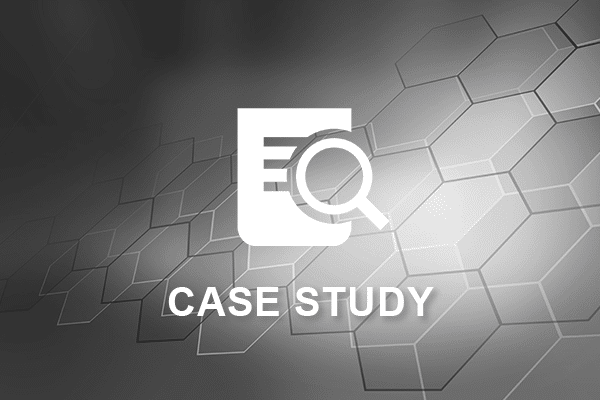保護中: COMPLETE Commercialization_DRAFT_May2022
Drive Value, Minimize Risk and Increase Speed to Market
Related Articles

Reignite Established Brands — Actual Use Case
EVERSANA™ REIGNITE Commercialization serves as a catalyst for biopharma companies to address the management of their established brand portfolios. In a recent study, EVERSANA reviewed a comprehensive number of established brands and implemented the EVERSANA REIGNITE Commercialization model to slow financial loss and make a positive impact on revenue. With a combined investment, these established brands experienced a 1:3 to 3:6 return on investment ratios. This critical ROI observation illustrates how established brands have the opportunity to change the trajectory of these product portfolios and maximize value, utilizing resources already dedicated to the brand. Read the complete white paper on Reigniting Value in Established Brands.

Succeed When Others Fail: Avoiding 20% in Investment Waste During Launch
It’s a long-standing perception that pharma overspends during launch, but we did not have the data or methodology to understand or validate this notion. Until now. New Research by the Numbers 10: Recent analysis across 10 traditional launches where the manufacturer opted to commercially launch a new drug $345M: The total cost for a manufacturer to commercially launch a new drug under traditional means is estimated at $345.6 million. $267M: An alternative outsourced commercial launch model averaged $267.4 million in investment. 23%: Overinvestment — confirmed Closer look: Results are consistent across company size and therapeutic expertise. The research team quantified the cost of a traditional launch by analyzing real-world examples. […]

Case Study: Launching a New Therapy for HER2-Positive Metastatic Breast Cancer
When MacroGenics partnered with EVERSANA, they had less than five months to launch their first product in the midst of the global pandemic. To meet their timeline and streamlined launch, MacroGenics needed a commercialization partner with an end-to-end platform that would allow them to build their capabilities expeditiously and strategically.

